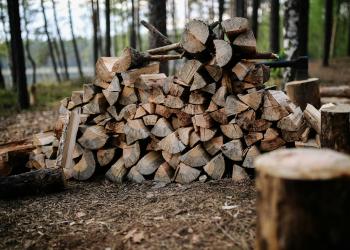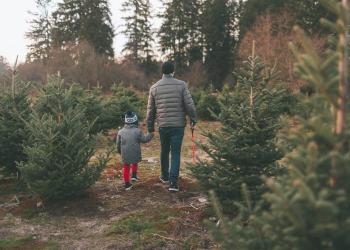Permits
Permits are required for gathering forest products, cutting a Christmas tree, or participating in activities that require additional cultural and resource protection like caving. Special-use permits are required for easements, utilities and activities like commercial ventures, filming, recreation events, and large gatherings.
Types of Permits on the Lincoln National Forest
Firewood Permits

Firewood cutting permits allow you to cut or collect firewood year-round in designated cutting areas on the Lincoln National Forest. Call an office to purchase a permit by phone with a credit card.
Event and Commercial Permits

There are over 100 special-use types. The most common special-use permits include outfitter and guiding, commercial photography and filming, easements, commercial events, weddings, and larger gatherings.
Other Forest Products
There are a variety of other forest products that can be gathered on the Lincoln National Forest. For information on permits for items like mistletoe, pine nuts and poles or latillas, contact your local district office.
Caving Permits

The Lincoln National Forest has many recreation and scientific opportunities in the hundreds of caves located on the Forest. Please allow 2-3 weeks for caving permit processing. To purchase a permit call the Carlsbad office at 575-234-5997 or email Jennifer Foote.
Seasonal Permits
Christmas Tree Permits

Christmas tree permits are available in November on a first come, first served basis. Learn more about the cost, where you can cut a tree and how you can get a permit for free!
Are Permits Needed to Fly Drones?
DO NOT FLY YOUR DRONE/UAS NEAR A WILDFIRE. This will ground firefighting air operations and hinder the ability of fire personnel to put out the fire. This can impact homes and lives. You can and will be fined if you are caught using a drone near a wildfire.

You do not need a permit to fly your UAS/Drone on the Lincoln National Forest for recreational or non-commercial purposes.
Follow all Federal Aviation Administration (FAA) regulations.
Do not take off or land in designated wilderness areas (i.e. Capitan Wilderness Area, White Mountain Wilderness Area or the Guadalupe Proposed Wilderness Study Area.)
Learn more responsible recreation use of drones in National Forests and National Grasslands.



